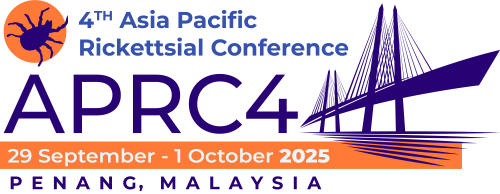Raising Awareness Around Scrub Typhus in the Ethnic Groups of Chiang Rai
Raising Awareness Around Scrub Typhus in the Ethnic Groups of Chiang Rai Nidanuch Tasak1,3, Carlo Perrone1,2,3, Ratchadaporn Papwijitsil4, Nipaphan Kanthawang1,3, Areerat Thaiprakhong1,3 1 Mahidol Oxford Tropical Medicine Research Unit, Bangkok, Thailand 2 Centre for Tropical Medicine and Global Health, University of Oxford, Oxford, UK 3 Chiang Rai Clinical Research Unit, Chiang Rai, Thailand 4 Chiangrai Prachanukroh Hospital, Chiang Rai, Thailand Background: Scrub typhus is a significant acute febrile illness in the Asia-Pacific region. Northern Thailand has a particularly high incidence. The affected populations typically belong to ethnic groups known as hill tribes, which face numerous obstacles in accessing healthcare resources and health education. It is necessary to empower communities with prevention knowledge in order to combat scrub typhus. This study focuses on raising knowledge and awareness using audio-visual resources. Methods: A mixed-method research design was used. A pre- and post-intervention survey measured knowledge and awareness of scrub typhus and focus group discussions and in-depth interviews were conducted to assess the impact of the education materials and to uncover barriers to their effectiveness. Results: Eighty community members belonging to hill tribes participated, 25.0% were aged 18-29 years with 76.2% females, 67.4% without formal education, 59.6% employed in agriculture, and 51.2% unable to speak Thai. After the intervention, the median knowledge score increased from 2.00 to 7.75 (IQR= 3.00-7.00). Also, the median attitude score increased from 3.00 to 5.00 (IQR=1.00-3.00). After adjusting for the baseline score, the mean difference score increased to 4.95 (SD=2.54, p < 0.001). When included in a multivariate model, gender, ethnicity, and occupation were significantly associated with knowledge score improvement. For the qualitative part, interviewees noted that audiovisual materials help explain the disease's causes and symptoms, as well as motivate patients to be proactive in the disease's prevention. Conclusion: Following the use of the audiovisual materials created, knowledge and attitude scores amongst ethnic communities increased. Knowledge increase in the Akha was higher than in other groups, meaning that versions in other languages may have been less clear. Culturally appropriate and effective communication methods are needed for tailored health messaging in diverse populations.
